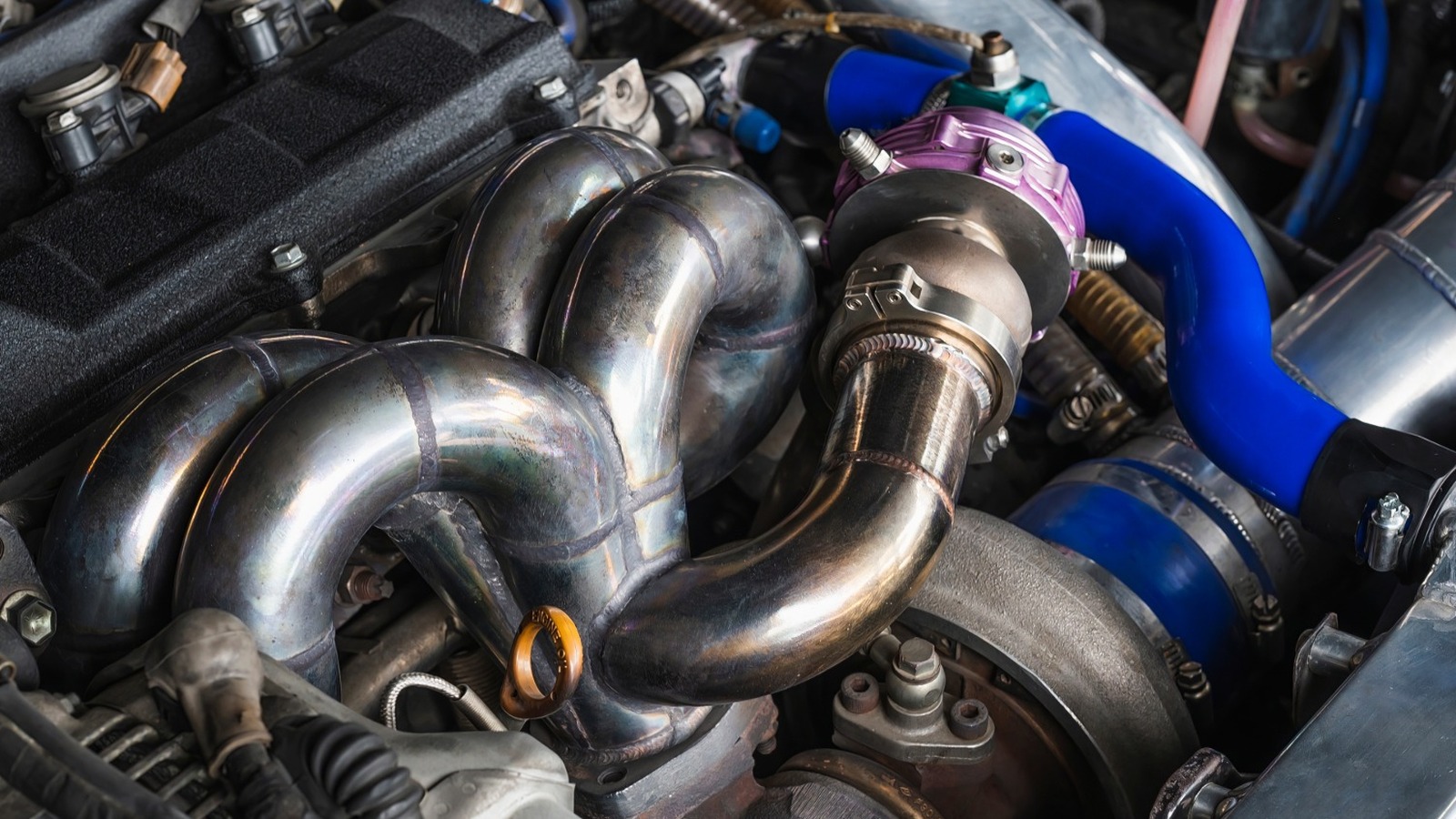
An exhaust manifold is a set of iron pipes that lead from your car’s cylinder bank to the initial pipe that leads to the catalytic converter. This part connects your engine to the rest of the exhaust system, allowing it to expel the waste gases produced by the combustion process.
You need one exhaust manifold per cylinder bank; meaning inline engines only have one exhaust manifold, while V or flat engines have two. Some exceptions, like the legendary W-16 Bugatti engine, uses four exhaust manifolds — one for each set of four cylinders.
Because car manufacturers balance cost, reliability, comfort, performance, and several other factors, exhaust manifolds are typically made from heavy cast iron material for strength and longevity. Furthermore, it usually also has a built-in heat shield to prevent the high temperatures of the exhaust gases from heating the engine bay and potentially damaging other parts.
This means that exhaust manifolds are heavy for their size. Furthermore, since the iron pipes most manufacturers use must withstand all kinds of situations with little to no maintenance, they usually have thick walls, thus limiting the amount of air they can carry to their dimensions.










